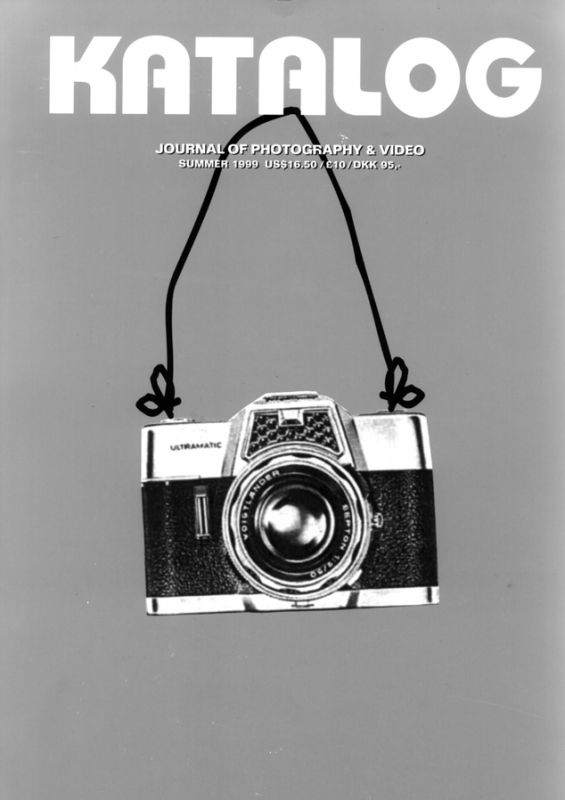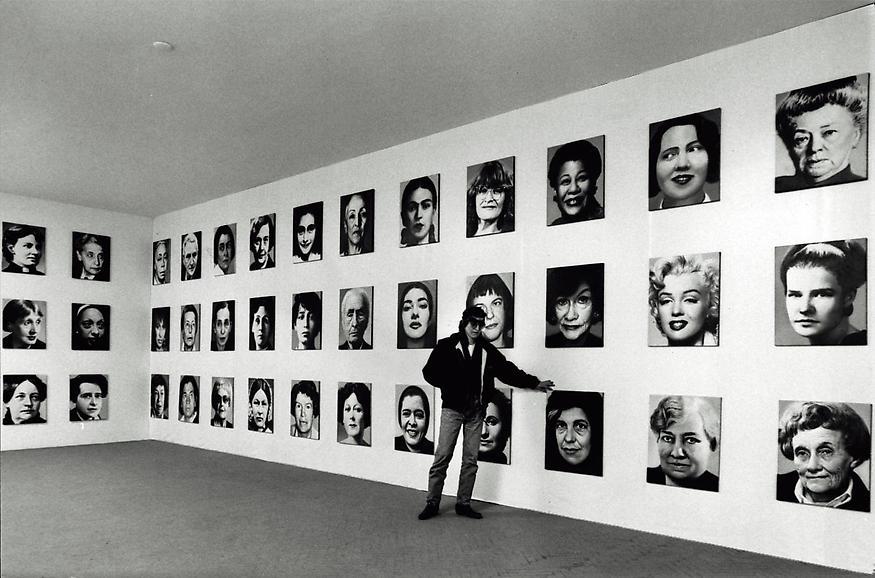Christian Boltanski interview with KATALOG:
‘The public wandered slowly past this human sea of individual fates and forgotten lives…’
‘What qualities do you find in the photograph, and what does the medium mean to you?’
‘In my view you can equate the photograph with a dead body, just like an item of used clothing; it has the memory of something, and it is an object where the person behind it has disappeared.’
‘…always represents the memory of a reality.’
‘Someone once said that you die twice: when you die the first time and when somebody finds a photo of you and no longer remembers who it shows.’
‘You have talked about your interest in preserving ‘the little memory’. Can you explain what you mean by that?’
‘I mean that everyone is unique, because everyone thinks differently and remembers differently. We consist of all these experiences and memories, it is this ‘little memory’ that makes us different from others.’
‘I believe in the importance of every single human being, but even the most important ones disappear quite quickly, especially their little memory. What is most important is most fragile.’
‘You’ve said you want to touch people, even to make them weep. It’s rare for an artist today to use these big words and to try to stir the emotions. What do you think is the role of art today?’
‘I want to move people and to ask them questions about evil and good, about disappearance after death and so on. But they are questions to which I have no answers.’[1]
[1] KATALOG- Journal of photography & video- SPRING 1999
Disappearance and Menschlich:



